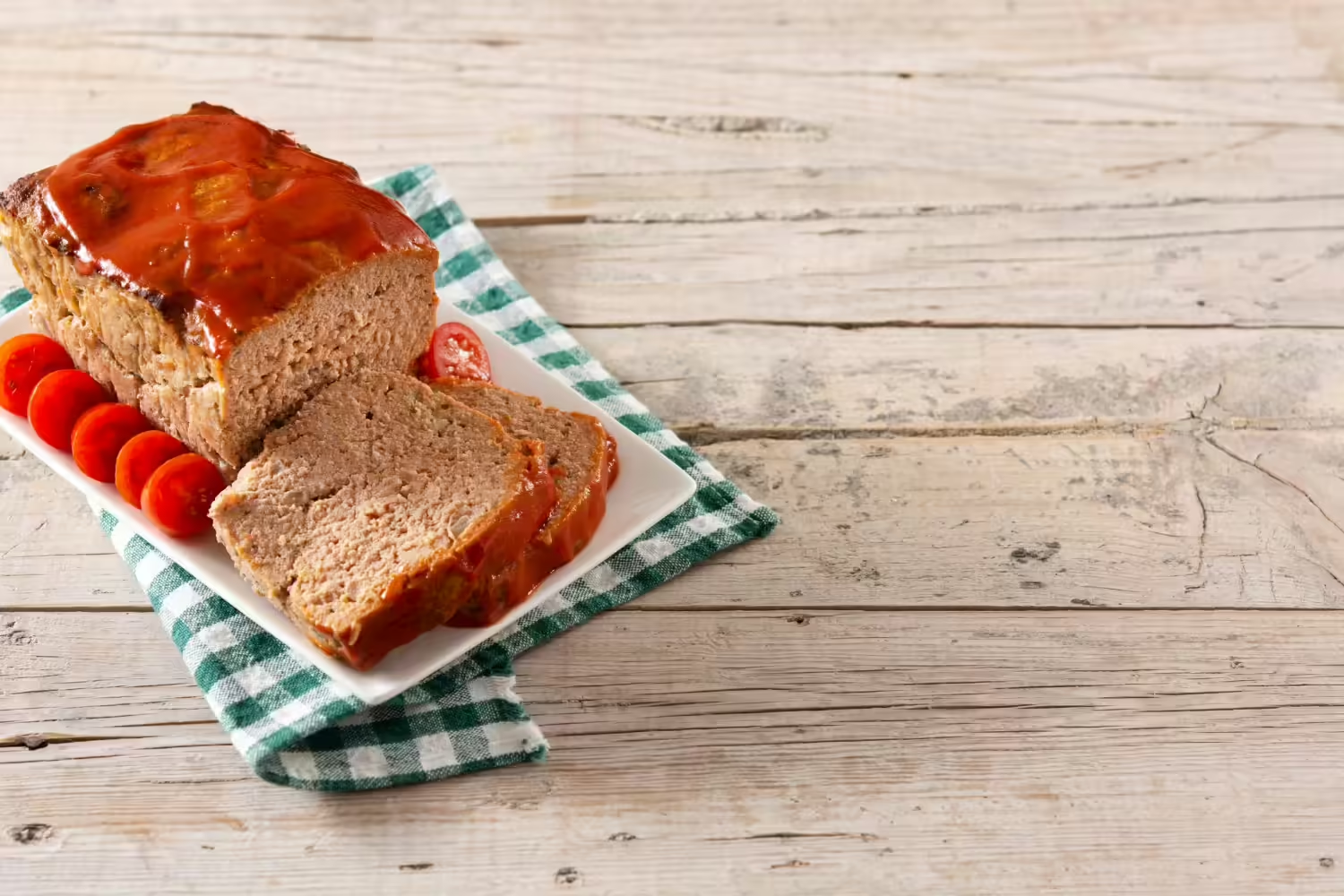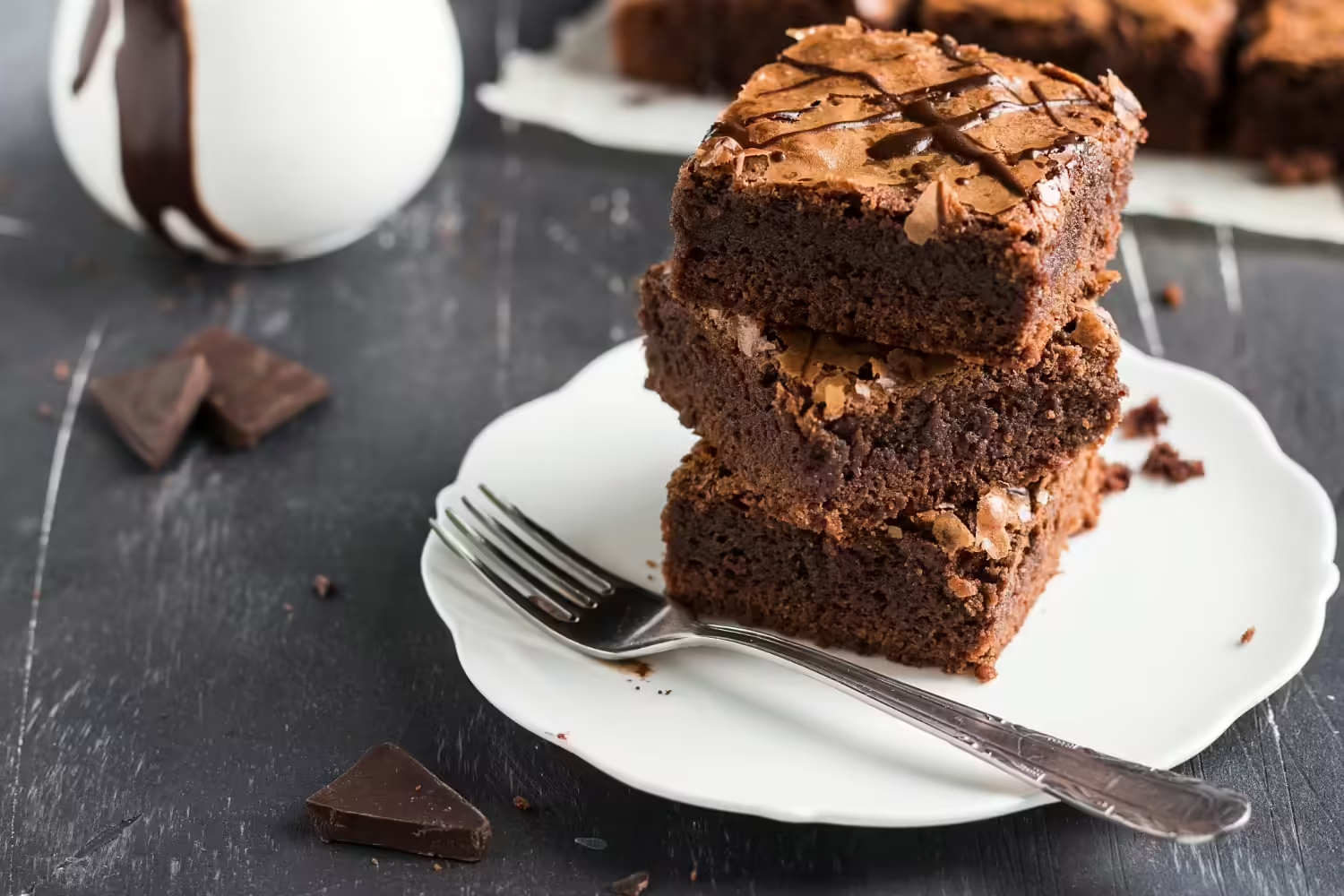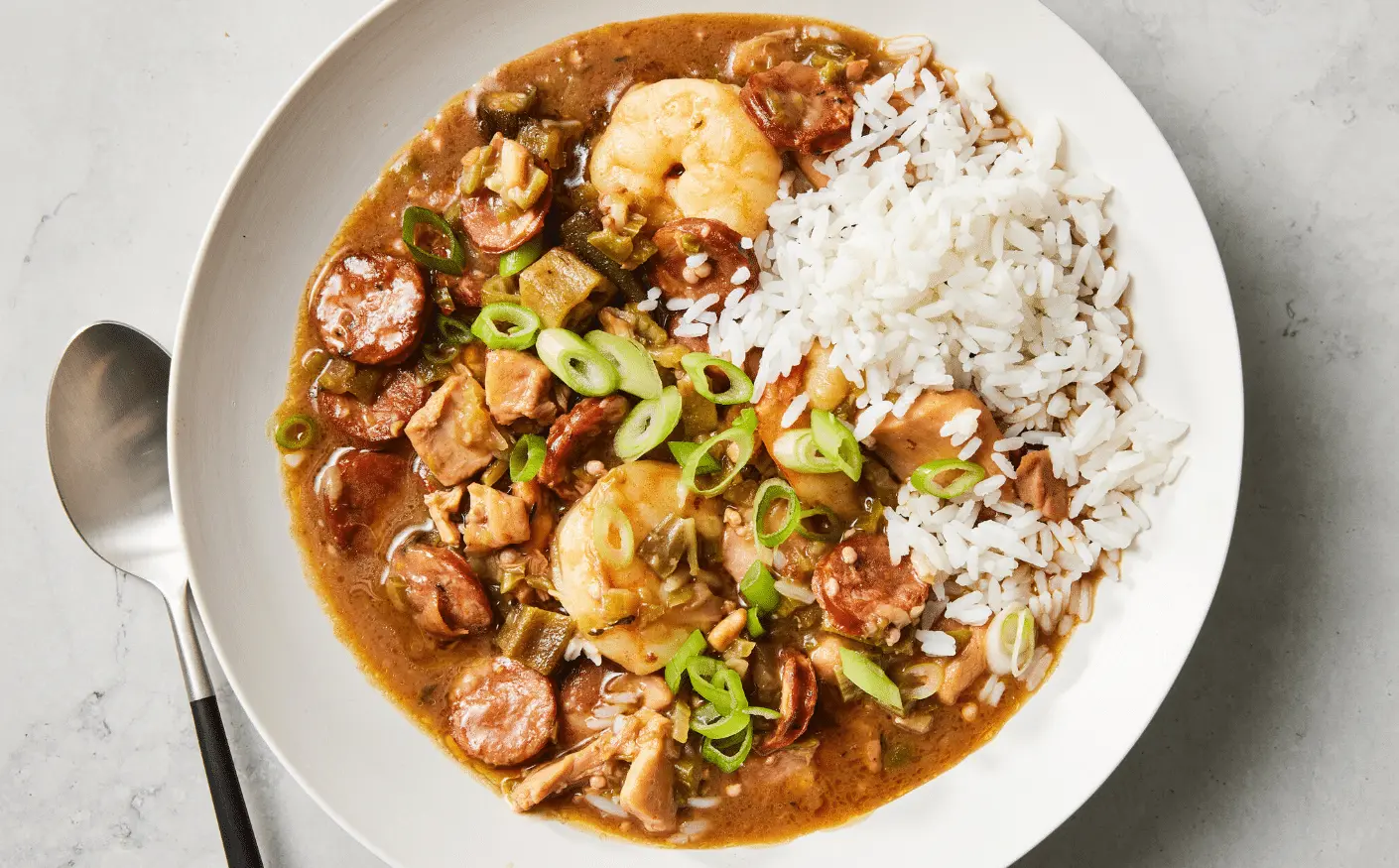
Ah, meatloaf. It’s one of those dishes that brings a wave of nostalgia with every bite. The smell wafting through the house, the anticipation as it bakes in the oven, and the comforting taste that’s both hearty and familiar. A classic homemade meatloaf recipe is a staple in many kitchens, passed down from generation to generation. Today, we’re diving deep into this beloved dish, uncovering tips, tricks, and secrets to ensure your meatloaf stands out at the dinner table.
The History of Meatloaf
Origins of a Comfort Food
Believe it or not, meatloaf has quite a storied history. While it’s most commonly associated with American cuisine, its roots can be traced back to ancient Rome. The Romans would mix chopped meat with various spices, nuts, and wine-soaked bread, creating an early version of what we now call meatloaf. Fast forward to the 19th century, meatloaf became a staple in American households, especially during the Great Depression, due to its economical nature and the ability to stretch ingredients.
Evolution Over Time
As time went on, meatloaf evolved. Each region, and often each family, developed their own unique take on the recipe. From the traditional beef and pork mix to turkey and vegetarian versions, meatloaf has shown incredible versatility.
Ingredients Matter
Choosing the Right Meat
When it comes to a classic homemade meatloaf recipe, the type of meat you use can make or break the dish. The traditional blend usually consists of ground beef and pork. This combination ensures a flavorful and moist loaf. Here’s a quick guide:
- Ground Beef (80/20): This ratio of meat to fat provides just the right amount of juiciness without making the meatloaf greasy.
- Ground Turkey or Chicken: For a lighter version, though it can be drier, so adjustments are needed.
Essential Ingredients
To achieve that quintessential meatloaf flavor, you’ll need more than just meat. Here’s a rundown of the must-haves:
- Breadcrumbs: These help bind the meat together. You can use plain or seasoned, or even panko for a different texture.
- Eggs: They act as a binding agent, ensuring the meatloaf holds its shape.
- Onion and Garlic: Freshly chopped onions and minced garlic bring depth of flavor.
- Milk: Keeps the meatloaf moist and tender.
- Ketchup: Both inside the mixture and on top for that classic glaze.
- Worcestershire Sauce: Adds a savory umami kick.
- Seasonings: Salt, pepper, and herbs like parsley or thyme are essential.
The Perfect Preparation
Mixing It Right
When combining your ingredients, it’s important not to overwork the meat mixture. Overmixing can lead to a dense, tough meatloaf. Here’s a simple step-by-step:
- Combine Wet Ingredients: In a large bowl, mix the eggs, milk, Worcestershire sauce, and ketchup.
- Add the Aromatics: Stir in the chopped onion, garlic, and any herbs.
- Mix in the Meat and Breadcrumbs: Gently fold in the meat and breadcrumbs until just combined.
Shaping the Loaf
Shaping your meatloaf is an art in itself. You can use a loaf pan for a more uniform shape, or freeform it on a baking sheet for a rustic look. Whichever method you choose, ensure the loaf is compact but not tightly packed.
Creating the Glaze
The glaze is what gives meatloaf its signature look and taste. A simple mixture of ketchup, brown sugar, and a touch of mustard can work wonders. Brush this over the meatloaf before baking and again halfway through for a deliciously caramelized top.
Baking to Perfection
Temperature and Timing
Preheat your oven to 350°F (175°C). Bake the meatloaf for about an hour, but the key is to ensure it reaches an internal temperature of 160°F (70°C). Use a meat thermometer for accuracy.
Resting the Meatloaf
Once your meatloaf is out of the oven, let it rest for at least 10 minutes before slicing. This helps retain the juices, ensuring every bite is as flavorful and moist as possible.

Tips for the Perfect Meatloaf
- Do Not Overmix: Overmixing the meatloaf mixture can lead to a dense and tough texture.
- Add Moisture: Soaking breadcrumbs in milk keeps the meatloaf moist and tender.
- Skip the Loaf Pan: Baking on a sheet pan helps achieve a crispy exterior.
- Resting Period: Letting the meatloaf rest after baking ensures it stays juicy and slices well.
Serving Suggestions
Classic Sides
Meatloaf is often paired with traditional sides that complement its hearty nature. Here are a few ideas:
- Mashed Potatoes: Creamy and buttery, they’re a classic match.
- Green Beans: Steamed or sautéed, they add a fresh contrast.
- Mac and Cheese: For an indulgent touch.
- Roasted Vegetables: A healthier, colorful option.
Modern Twists
Looking to jazz up your meal? Try these modern pairings:
- Sweet Potato Fries: Adds a sweet-savory element.
- Quinoa Salad: For a lighter, nutritious side.
- Garlic Bread: Perfect for mopping up any extra glaze.

Troubleshooting Common Issues
Why Is My Meatloaf Falling Apart?
If your meatloaf crumbles when you slice it, it might be due to a lack of binding agents. Ensure you have enough breadcrumbs and eggs in your mixture. Also, letting it rest before cutting is crucial.
How Do I Keep My Meatloaf Moist?
Overcooking is a common culprit for dry meatloaf. Using a meat thermometer to check for doneness can prevent this. Additionally, mixing in milk and not overworking the meat can help maintain moisture.
Can I Freeze Meatloaf?
Absolutely! Meatloaf freezes well. You can freeze it either before or after baking. Just ensure it’s wrapped tightly to prevent freezer burn.
Freezing and Storage
Before Cooking
- Freeze Raw: Form the meatloaf and wrap it tightly with plastic wrap. Freeze. Defrost in the refrigerator for 24 hours before baking, adding 15 minutes to the cooking time.
After Cooking
- Freeze Cooked: Slice the cooked meatloaf and freeze the slices on a parchment-lined pan. Once frozen, transfer to a freezer bag. Reheat slices in the microwave or oven.
Make Ahead
- Refrigerate: Prepare the meatloaf up to a day in advance and store in the fridge. Bring to room temperature before baking, adjusting the cooking time as needed.
Leftovers
- Storage: Store in an airtight container in the fridge for up to four days or freeze for up to three months.
- Reheating: Reheat in the oven or microwave until heated through. Leftover meatloaf is perfect for sandwiches and patty melts.

FAQs
Can I Make Meatloaf Ahead of Time?
Yes, you can prepare the meatloaf mixture a day ahead and keep it in the refrigerator until you’re ready to bake. This can help the flavors meld together even more.
What’s the Best Way to Reheat Leftover Meatloaf?
To keep it moist, reheat meatloaf in the oven at 250°F (120°C) until warmed through. Cover it with foil to prevent drying out. Microwaving is quicker but can make the meatloaf a bit rubbery.
Can I Substitute Ingredients in the Meatloaf?
Certainly! You can swap out the meat, add different herbs, or even use gluten-free breadcrumbs. Just keep the balance of moisture and binding agents in mind.
Crafting the perfect classic homemade meatloaf recipe doesn’t have to be a daunting task. With the right ingredients, proper technique, and a bit of patience, you can create a dish that’s both comforting and delicious. Whether you stick to the traditional method or put your own twist on it, meatloaf is a versatile meal that can bring people together around the dinner table. So roll up your sleeves, gather your ingredients, and get ready to make a meatloaf that’ll have everyone asking for seconds!





